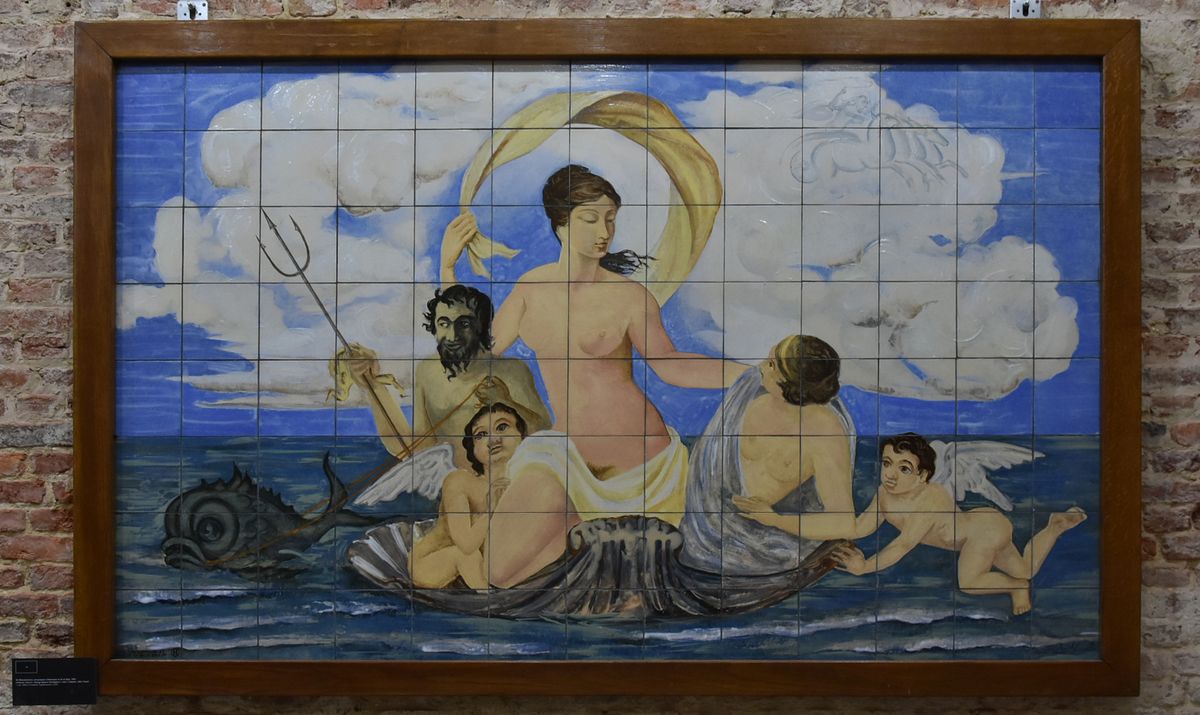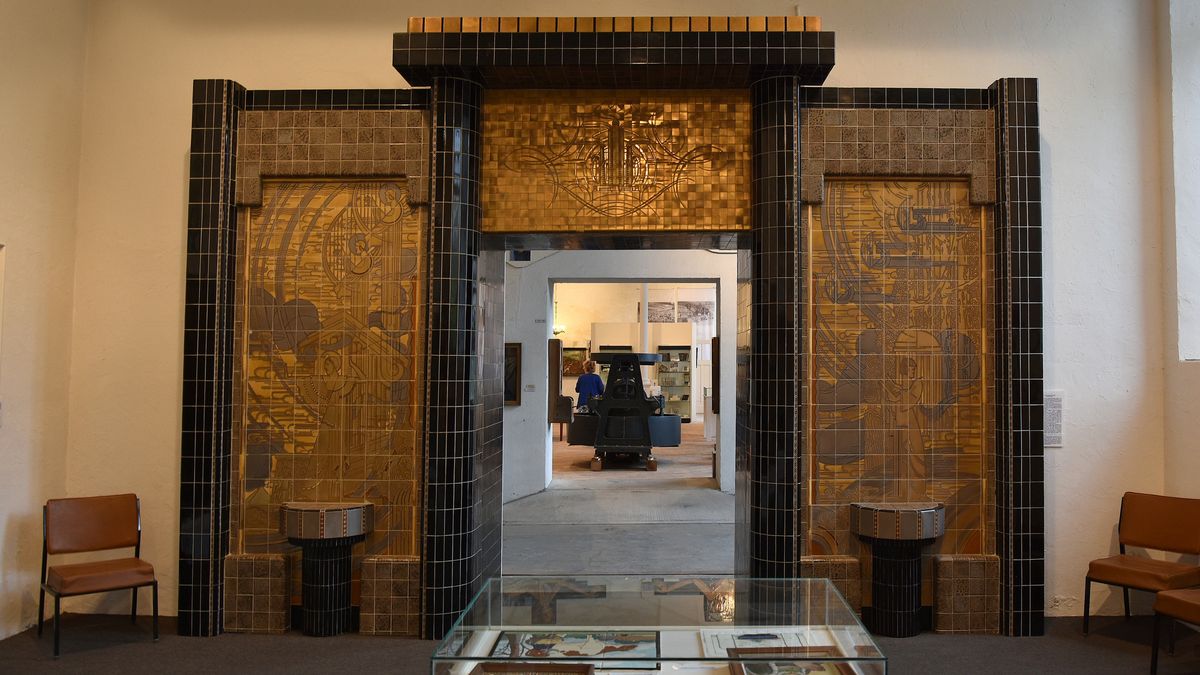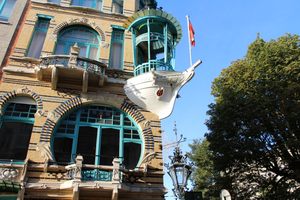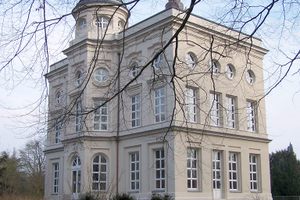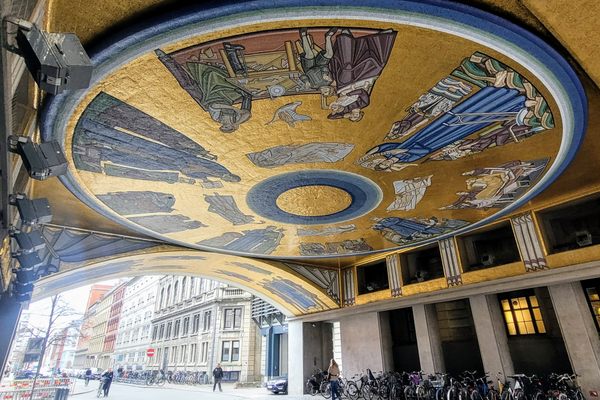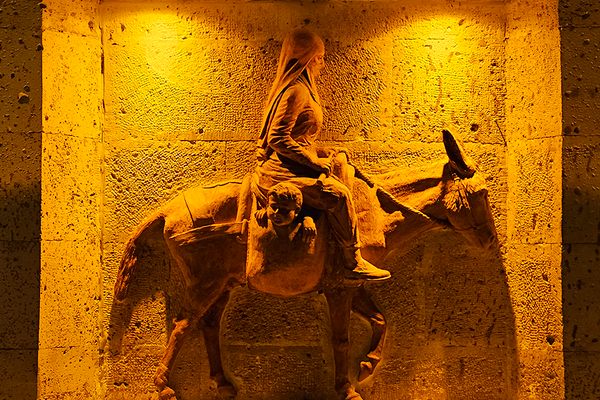About
The story of Gilliot & Cie starts in 1897, when Georges Gilliot and John Aulit formed the S.A. L’Email, an enameling factory for various products. One year later, they launched their first ceramic tiles. However, it was Georges' second company that would eventually become one of the major players in the world of tile manufacturing. In 1904, he and his brother Leon, along with their brothers-in-law Théodore de Bellaing and Pierre Cardon de Lichtbuer, joined forces to create the S.A. Grès Emaillés d’Hemixem, Gilliot Frères.
By 1913, the factory had about 1,000 employees and produced 250,000 wall and floor tiles per day. After the war, the company resumed production and became the largest tile manufacturer in Europe. Gilliot & Cie produced the modernist white tiles of the Waasland Tunnel (Waaslandtunnel), which runs under the river Scheldt in Antwerp. The tunnel was opened in 1933 and remains the second longest in Belgium.
During the interwar period, the brothers gained fame thanks to the World Expositions of 1930 in Antwerp, 1935 in Brussels, and 1937 in Paris. Much of the credit for this accomplishment goes to graphic designer Joseph Charles Roelants. During World War I, Roelants moved to England to work in the airplane industry, but also designed a set of tiles for Poole Potteries.
Upon his return to Belgium, Roelants started working for Gilliot & Cie, where he specialized in decorative panels in various styles, including Art Deco and Cubism.
Despite a successful presence at Expo 58 in Brussels, the company never regained its former glory after World War II. The decline was unstoppable, and Gilliot & Cie merged with Produits Céramique La Dyle to become Keramiekfabrieken van Hemiksem en van de Dijle (Ceramics Factories of Hemiksem and the Dyle). In 1968, Dutch competitor Koninklijke Sphinx took a majority interest and gradually phased out production. By 1978, the factory in Hemiksem had been demoted to producing coffee filter bags.
That year, Belgian tile manufacturer Gilliot & Cie closed its doors, 81 years after its opening. Some of their masterpieces were salvaged from the factory and relocated to a new museum, later dubbed the Roelantsmuseum (Roelants Museum), after the factory's foremost designer.
The expanded collection, rebranded in 2009 as the Gilliot & Roelants Tegelmuseum (Gilliot & Roelants Tile Museum), now occupies three rooms of Saint Bernard's Abbey in Hemiksem. This is significant because the abbey, one of the most important abbeys in Western Europe during the Middle Ages, gained much of its wealth from a monopoly on clay mining and brick production. Local bricks of a specific size were called paepesteen, a Flemish word that translates to “papist stone.”
The museum not only houses some exhibition pieces from Gilliot & Cie, but was also granted the Roberto Pozzo Collection in 2016, an impressive collection of over 9,000 tiles from various origins, and is home to numerous private donations, contributing to the expansive collection.
Related Tags
Know Before You Go
The museum has limited opening hours. From July 1 to September 30 the museum is open Wednesday through Sunday, from 2 p.m. to 5 p.m.. The rest of the year the museum is only open on the first Sunday of the month, for those same hours.
Community Contributors
Added By
Published
October 1, 2024





